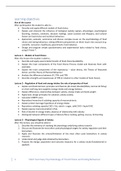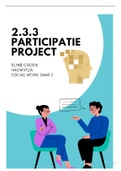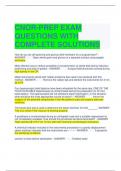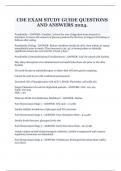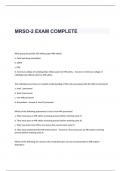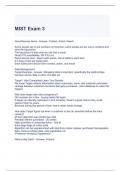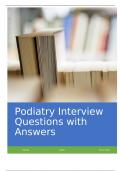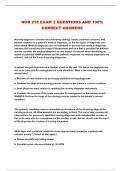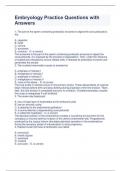Samenvatting
Summary HNE-30306 Psychobiology of Food Choice and Eating Behaviour – Short version
- Vak
- Instelling
Short version of my document “Summary HNE-30306 Psychobiology of Food Choice and Eating Behaviour”. This version only contains the learning goals and most important conclusions from each lecture.
[Meer zien]
